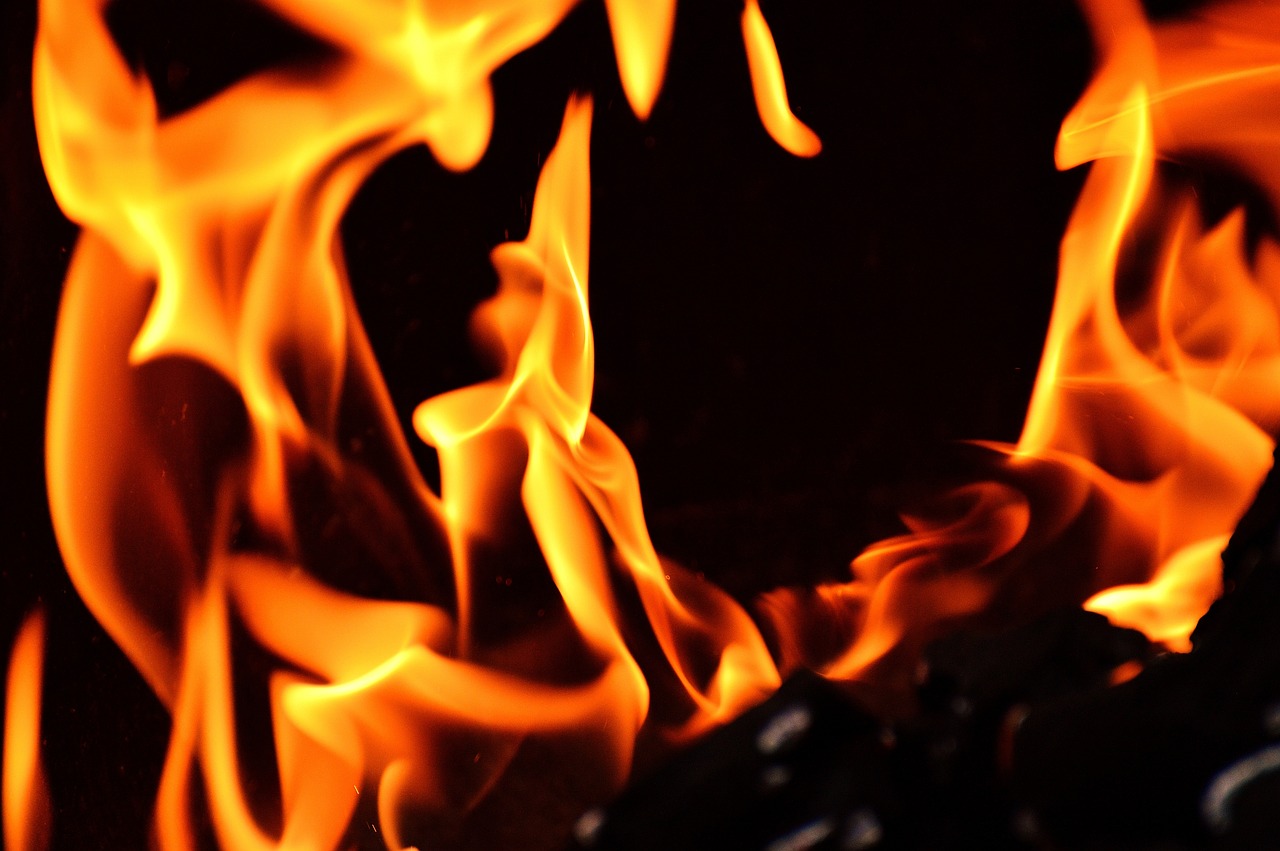Heat Resistant Glass: All You Need To Know

Heat-resistant glass is used by people all over the world for a wide range of tasks, including cooking, laboratory work, and even rocket construction. Here, Cameo Glass’ latest blog examines the core properties of heat-resistant glass, before explaining its main benefits and describing the production process.
What is heat-resistant glass?
The answer to this is quite self-explanatory – it is glass that can withstand high-level degrees of heat without cracking or shattering. Many of you may already be familiar with this type of glass through one room in particular – your kitchen. You may have heat-resistant glass in your cupboards in the form of Pyrex dishes, which are suitable for oven cooking, and the glass in your oven door and on the surface of your hobs if you have an electric oven. There are different strengths of heat-resistant glass you can buy, depending on what you need it for, the strongest being those that prevent the spread of fires.
How is it made and its uses
Heat-resistant glass depends on its chemical composition as to how strong it is against heat. Borosilicate glass is the least heat resistant and the difference between this glass and normal glass is the addition of boron oxide, which helps bind the other components making it heat resistant. This glass is commonly used for cookware and even in laboratories. The second most heat-resistant glass is Aluminosilicate, which contains aluminium oxide making it able to withstand temperatures of 800° celsius. It is also scratch-resistant making the glass a common feature for touch displays, such as smartphones. The most heat resistant type of glass is high silica glass, which can withstand temperatures of around 1000° celsius and is mainly only used in industrial settings – in fact, the next step above this is fused quartz glass, which is mainly only used for aerospace applications due to its very high resistance.
The process
Fabrication: Firstly, the ingredients that make up the glass are melted down together to form a liquid compound. Then, it is poured into a molten and left to cool down.
Cutting: The glass is then cut down into the necessary shapes, this is normally done with a Computer Numerical Control machine, and then it is polished and other finishing services are performed.
Tempering: This is applying the heat treatment to the glass, which is done by passing it through a tempering oven and is then cooled, reinforcing the glass.
Laminating: This helps to make the glass more safety ready. It involves strengthening the glass with a plastic material interlayer, which is bonded by layers of adhesive.
Find out more
To find out more about our products, contact the Cameo Glass team. You can call us on 01793 513864 or fill out one of our online contact forms. We look forward to hearing from you!